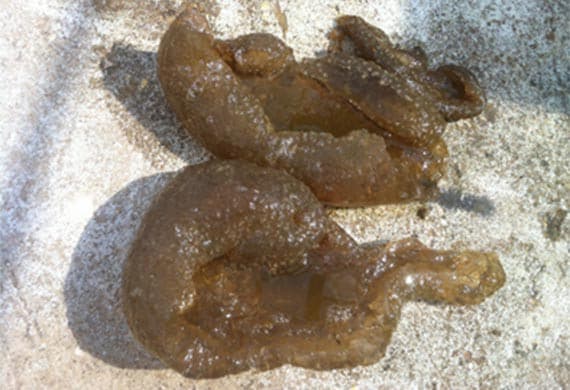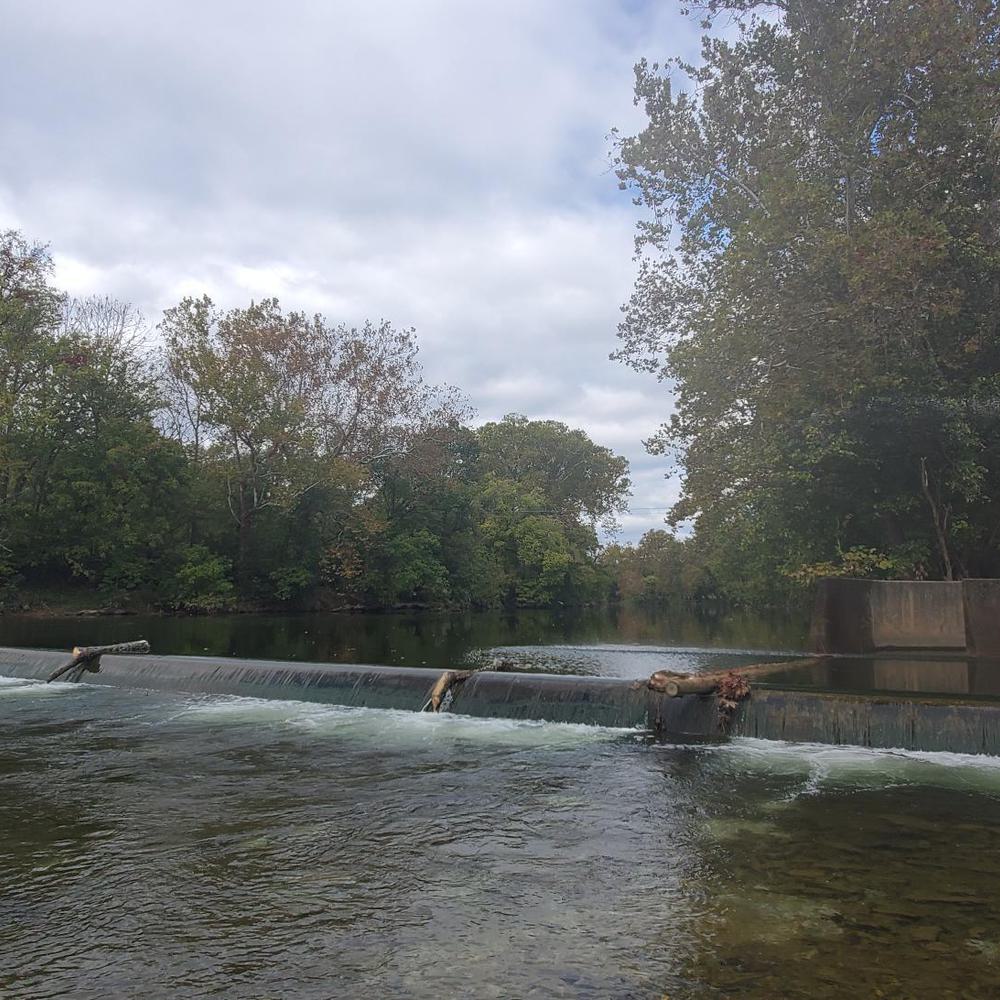They’re Here: An Experience With an Unusual Organism in a Water Supply Reservoir

Reservoir managers often deal with a wide range of flora and fauna inhabiting reservoirs. Species that have the potential to cause problems with water quality or operations, invasive or not, can be expensive to control. During the summer of 2013 Fairfax Water staff observed the infestation of globular organisms on the intake racks at the Occoquan Reservoir. No previous occurrence had been observed at the intake, though individual organisms had historically been reported upstream of the dam. Identified as a bryozoan Pectinatella magnifica, Fairfax Water proceeded to conduct a study to:
Review potential impacts to drinking water treatment;
Analyze water quality data and reservoir operations to identify potential causative factors;
Determine control strategies; and
Develop recommendations for further actions to monitor and/or control the infestation.
Related Topics:

There are a number of bryozoan species that inhabit both fresh and salt water, and many have been identified as nuisance species from clogging equipment and intake structures. Potential recent reservoir changes that could have been related to the infestation included installation of the hypolimnetic oxygenation system, recent reductions in copper sulfate additions to control algae, and warmer and wetter than average weather. The year before the infestation, a bio-slime was observed inside the Griffith Water Treatment Plant. It was unclear whether the bio-slime was a byproduct of bryozoans in the reservoir or a separate, unrelated organism.
This presentation will describe the steps of the study and present the results of the analysis that will prove useful to other utilities in dealing with biofouling.











